Forum Replies Created
-
AuthorReplies
-
July 21, 2024 at 2:47 am in reply to: Revolutionary Road – Lighting a subject in an akward position #216036
Thank you very much for your reply Mr. Deakins! I think this kind of “discrepancy” in the shots are absolutely normal, only when you break down shot by shot (like me in this case to study for example) you can notice the subtle differences but the audience never saw this kind of light “discontinuity” in my opinion.
As you say, maybe just two feet away from the wall and the mirror can make the difference as the character has a small vertical window on his right side so in that case the light can hit his face and his body.
In these difficult circumstances (second floor, scissor lift-crane-condor) to light and control natural daylight how complex is to “balance” light shot-by-shot?
I mean, to create shapes and form shadows in relationship to the character’s and camera position shot-by-shot, do you ask your electric crew to spot or flood lamps (or maybe rotate the lamp’s heads and angle) to “throw” the light where you want based on the shots? If so, I think in this location’s scenario it would be complex and stressful (in my case, as a Nobody, probably the AD would come to me to ask to be quick and therefore I would have to accept some compromise).Regarding the line crossing, was it a necessity in order to get the shot of the two characters and the mirror or was it a Narrative choice for the audience and so you asked for the art department to position furniture and mirror right there to obtain this kind of shot?
I apologize for my bad English, I hope the message has a logical thread 😅.
Thank you again for your reply and your availability.
I wish you a peaceful Sunday,
Max.Hello Tom,
I have a sheet of notes that I made over time and researching around, unfortunately, I don’t have certain data on the Magic Cloth but as regards the Grid Cloth the reduction of light is around 2 and 1/2 STOPS when it is projected through.
So I think we are around that value, but surely someone else will be able to give you more accurate data, or better yet if you can try to do a test with a light meter you will certainly have more certainty.
I apologize for my bad English.
Have a nice day.
Max.Thank you for your reply Mr. Mullen. This point of view is reassuring and basically, I agree with you. Some prosumer cameras have problems with the noise floor, in some cases, it is visible also a STOP below the native ISO of the camera, which is probably something related to the codec compression.
I own a BMPCC6k and I have to say that even at 400 ISO (the first native) the camera has visible noise in the underexposure areas (let’s say around -3 stop) so I’ve “built” my own two LUTs, one with 1/2 STOP of underexposure and one with 1 full STOP of underexposure to have a sort of “lift” in the shadows, but what I think is this:
if I have a room with 60% of the area at -3-4 STOP (let’s say the noise floor) and 20% at – 5 or more STOP (let’s say pure black) with this “overexpose by 1 stop” method I lift the 60% of the area to -2 stop (out of noise floor) but now I have the 20% of the area in the noise floor. Basically, I’ve shifted the noise floor to other areas, so maybe I will consider understanding the largest area in the frame (and scene) that may have problems with the noise floor and choose whether to bring it above it or not. This is a bit cumbersome and could take away mental energy during a set.I haven’t shot with an Alexa yet so I don’t have a reference for the camera, I used a Red some years ago for a low-budget feature film, and in some cases, the DIT told me to “boost” my lights to have a half or a full STOP over in some dark scenes because the camera “suffered” the dimly lit scenes.
I apologize for my bad English and I wish you a good Sunday.
Max.Thank you very much for your reply Mr. Deakins! Your answer helps me a lot to understand a way to work in this kind of scenario. Basically, I do something similar with the “False Color” but the tool is not so consistent in what is 1Stop under or above, it’s more helpful (in my opinion) when I want to preserve highlights and see if the log signal is clipping in the highlights or for details loss in the shadows.
If I can ask you two more questions about this scenario (and scene), when you metered the incident light (let’s say starting from the point over the countertop), did you position the light meter dome toward the window where the light came from (I probably will do something like this)?
Another question is more about the “technical” side of the digital flow. In this underexposed scenario, did your DIT tell you that the camera “needs more light” to have a “better clean” file?
Did you have some noise to manage in the underexposed area (I don’t mean pure black but more in the underexposure like -2 -3 stops)?
The Alexa is a high-end camera and probably doesn’t produce so much noise in those underexposed areas.
Did you shoot this scene at 800ISO?As always I want to thank you for your time and availability Mr. Deakins, it’s always fantastic reading from you.
I wish you a peaceful day,
Max.
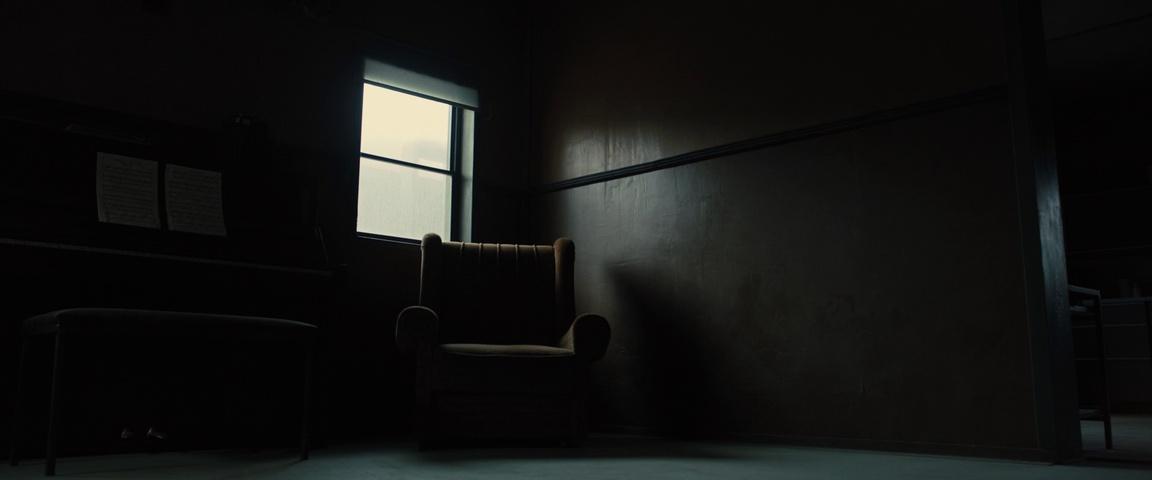
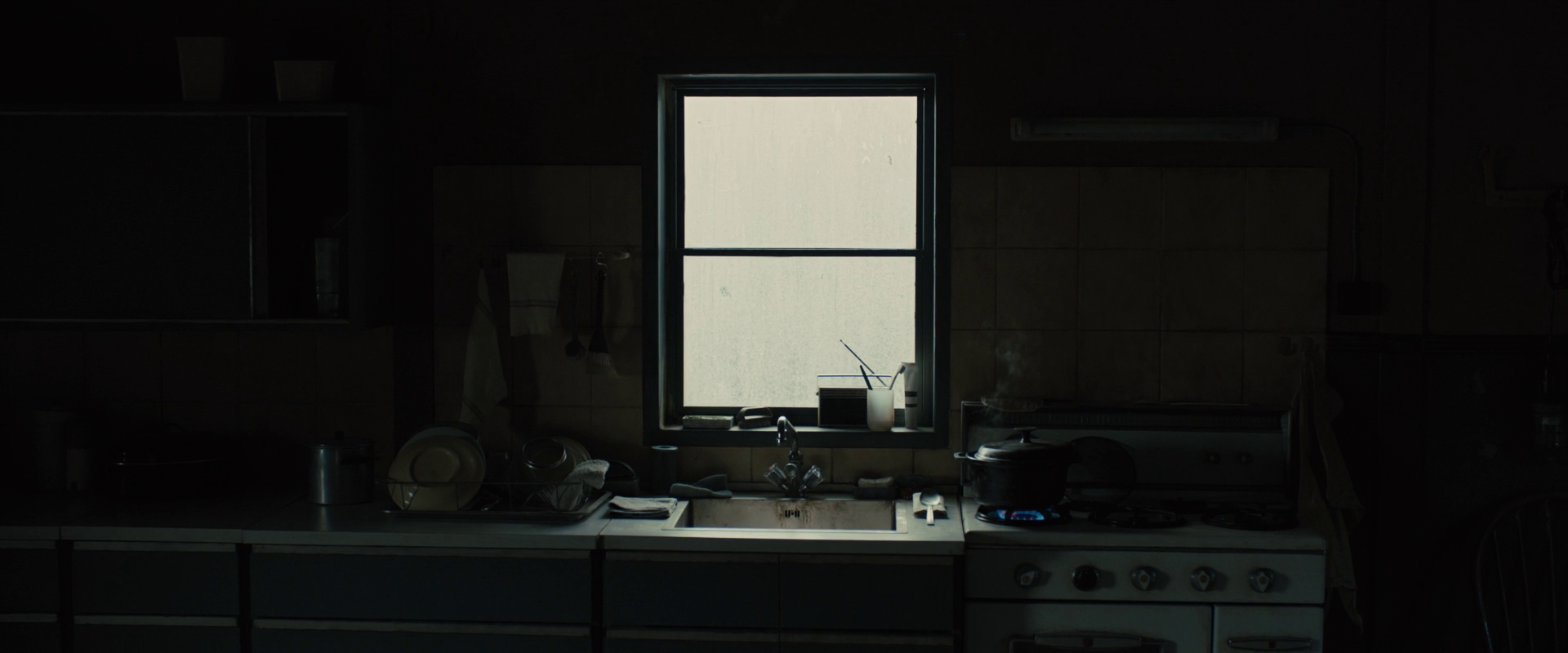 June 21, 2024 at 4:16 am in reply to: akiyoshi kitaoka illusion (zoom lens vs speed of train) #215957
June 21, 2024 at 4:16 am in reply to: akiyoshi kitaoka illusion (zoom lens vs speed of train) #215957Hello everyone,
If I can join in this topic I would share what I’ve learned as a self-taught “student”.
Speed perception in the frame is a factor that could be altered by the focal length we choose. In this case (assuming that it is not manipulated) the movement is along the axis of the depth (Z). So when you use a telephoto you “slow” the perception of movement along this axis, this is due to the narrow field of view and the magnification of the lens that put the camera so far from the action; this distance, together with the compression of the perspective makes the elements close to each other when in the reality are not.
So, suppose you have the camera 10mt from the subject with a wide angle (let’s say a full shot) and the subject walks toward you for 5mt the subject the subject has traveled 50% of the distance between you and him. In that case, this is translated into an evident change of frame size and the relative dimension of the subject.
If instead, you have a camera at 100mt far from the subject and a long telephoto lens (to frame the same full shot) and the subject walks toward you for 5mt, now he walks for much less of the distance between you and him and the frame size will be basically the same, this effect will make your subject more “slow” in his walking toward you.In my opinion, this phenomenon happens in this video, I believe it is not artificial because the people walking on the platform of the train stop do not seem slowed down to me (during the telephoto shot).
But perhaps the best thing to do is try and see the result ourselves 😊.
I apologize for my bad English. I hope what I wrote makes logical sense
I wish you all a great day,
Max.
Happy Birthday Mr. Deakins! I wish you all the best this world can give you! ❤
Your talent and wisdom are pure gold for us.
Thank you for your infinite patience in answering my long questions 😁.I wish you a wonderful day.
Max.Thank you very much for your answer Mr. Deakins! I loved the peace of the whole film, so I enjoyed this kind of pan shots very much. ❤
I wish you a peaceful day.
Max.
Thank you so much for your reply Mr. Deakins! The anecdote related to the preparation of the scene is funny.
My impostor syndrome would have made me feel guilty, for some reason, about what happened regarding the production even if so many things happen during the day on a set.If I can ask another question about the scene, do you remember if the bounce sources were positioned next to the bed? Because I don’t see the fall-off of the light on the bed sheet. So It seems that maybe the bounce sources are on the floor next to the bed so they don’t directly affect the bed. (with lamps on the ceiling) creating an unpleasant and unnatural effect.
The effect of the rain is the icing on the cake of this scene as usual perfectly balanced in lighting and composition!
Thank you again for your reply and your time Mr. Deakins, reading from you it is priceless for me.
I wish you a peaceful day.
Max.Hello Stip, thank you very much for your suggestion! Yes, I use Davinci Resolve, I tend to try to do the same process you mention with tools in Resolve but good to know that there is another tool to try! I love to tweak color densities in Resolve, but of course, a skilled color scientist can use specific tools over others (also in Resolve) to achieve more “scientific” results, but this is another topic to talk about 😄.
Everything is interesting and comparison is something I love, but I haven’t always been able to find “colleagues” willing to discuss.I wish you a nice day.
Max.Thank you very much for your reply Mr. Deakins! I apologize if something is altered in the image of the film. I took the picture from Filgrab, a website with many movie stills, maybe there was a loss of color details (probably based on the Internet color space) when the website uploaded the stills. Maybe, they took the stills from a movie source with colors slightly off, who knows?
When you say that you did shoot the exteriors to be warm, and based on the fact that you shoot with film stock did you warm the image during DI or by adding a filter in front of the lens (or maybe shooting with a daylight stock with 85filter but I know you prefer the tungsten stock when you shot in film).
Maybe today a solution could be shooting with a white balance slightly off (as suggested by Stip), my curiosity is related to the process with the film stock workflow.I also love the color density that film stock has, it is not easy to “replicate” with digital files until I don’t work with a high-end camera and expert colorist.
As always, thank you for your patience in answering our questions, it is priceless for me.
I apologize for my bad English.I wish you a peaceful day.
Max.Thank you very much for this AksyayYd! I also have a little collection of saved pages from the old forum but unfortunately, all the pages I did put into the bookmarks of the browser are lost and only some of those are saved in PDF (I paid dearly for my laziness).
Those notes, also if without a certain context are precious, a lot of those I remember the posts where comes from!
Thank you for your sharing!Max.
This scene was discussed a lot in the old forum that unfortunately was lost. If I remember correctly, Mr. Deakins purposely wanted the harshest of direct sunlight so no diffusion was used for the scene, also I seem to remember that other than bounce light to “fill” shadows, sometimes Mr. Deakins used black clothes and negative fill to reduce the “hot-fill” coming from the light and bright floor.
But, of course, Mr. Deakins can be more precise and talk about his process for that scene, mine is only a memory I have of that scene from the old forum.I wish you a nice day,
Max.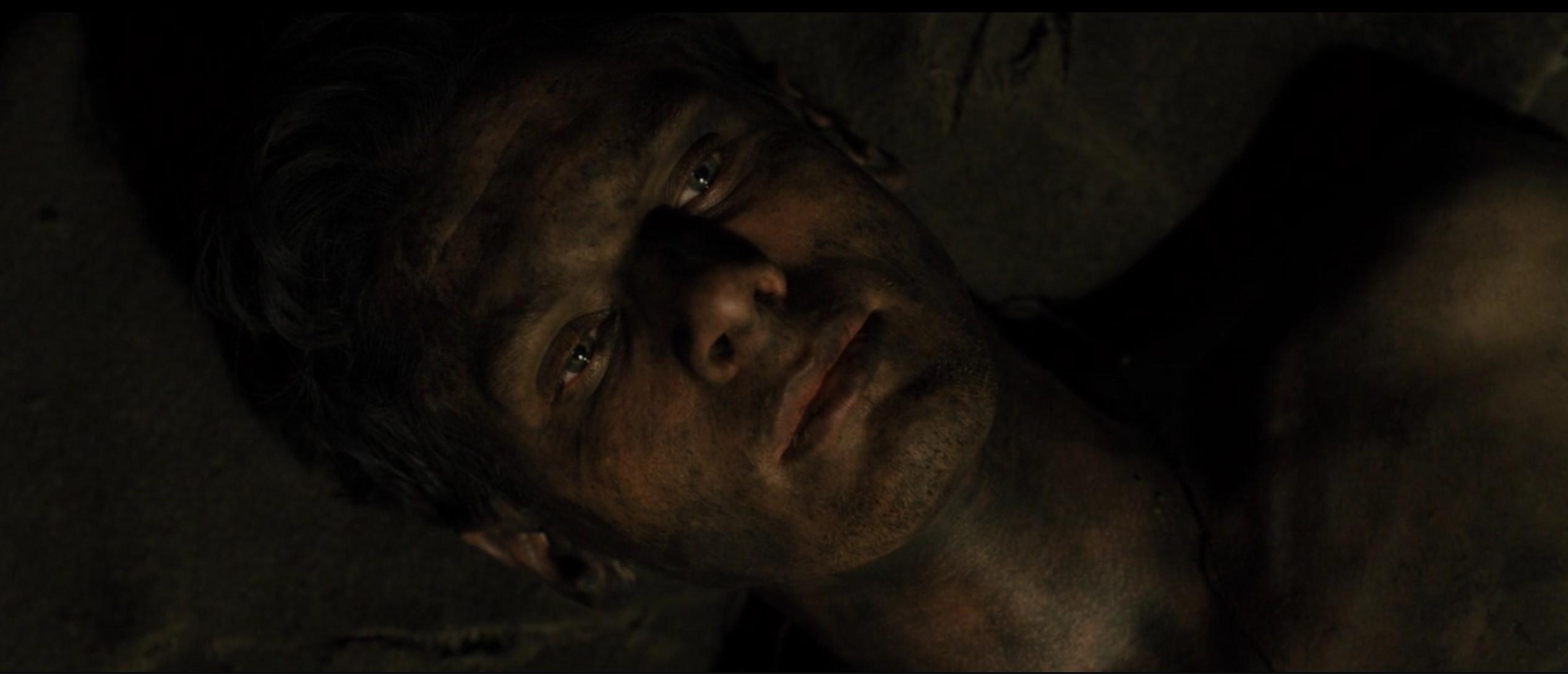
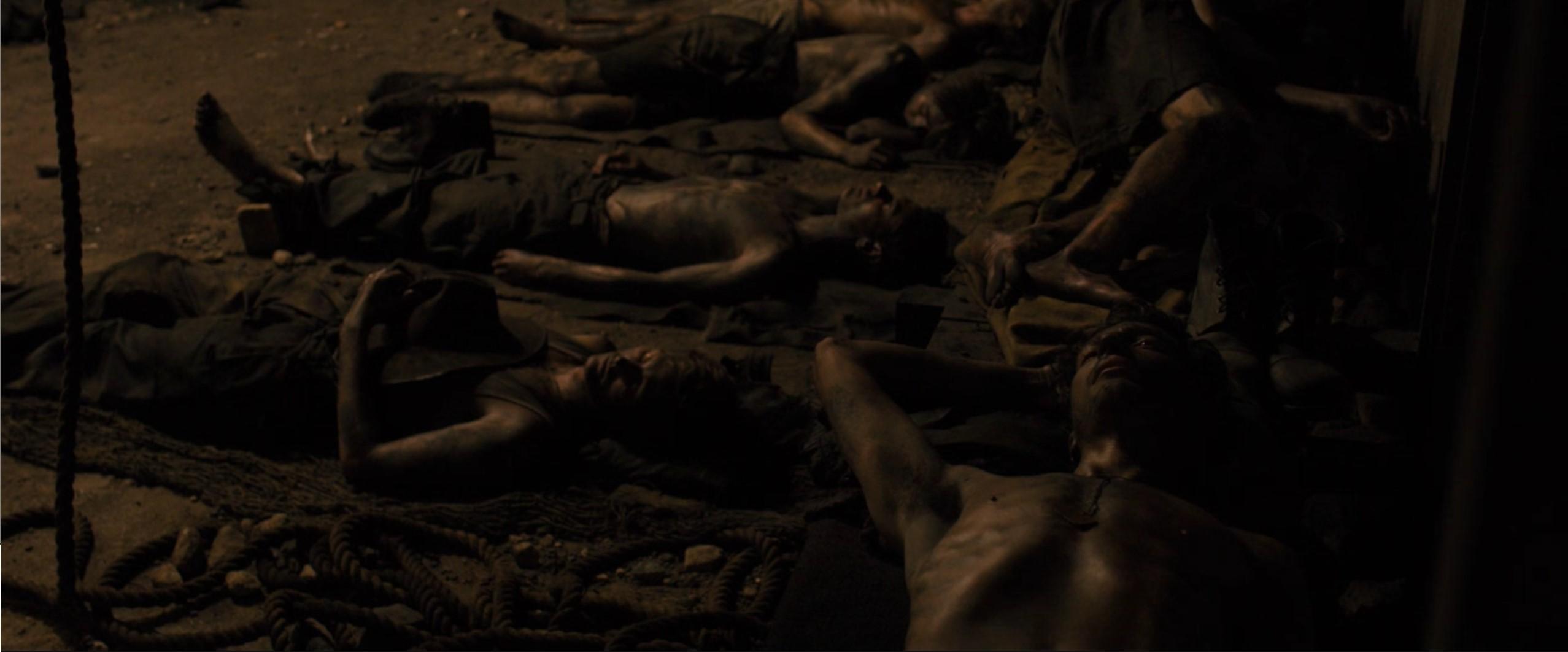
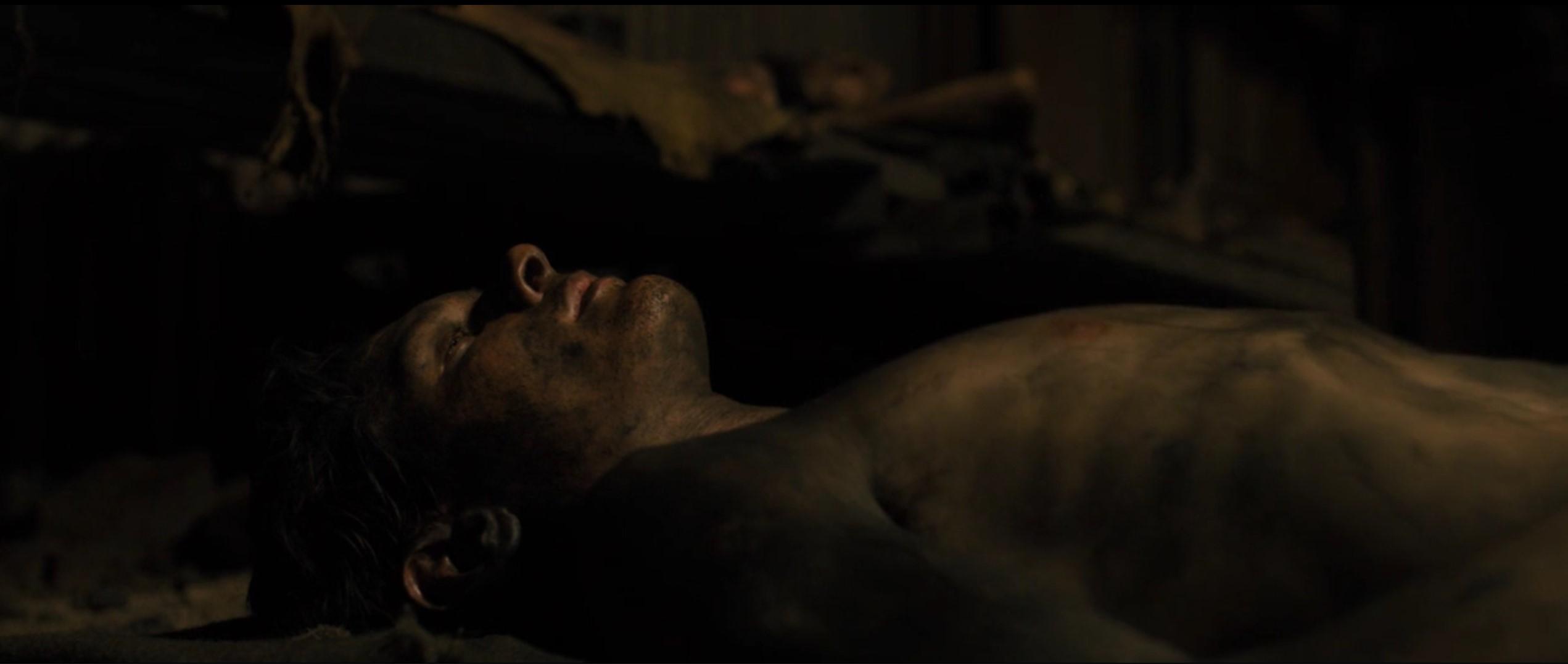
-
AuthorReplies
